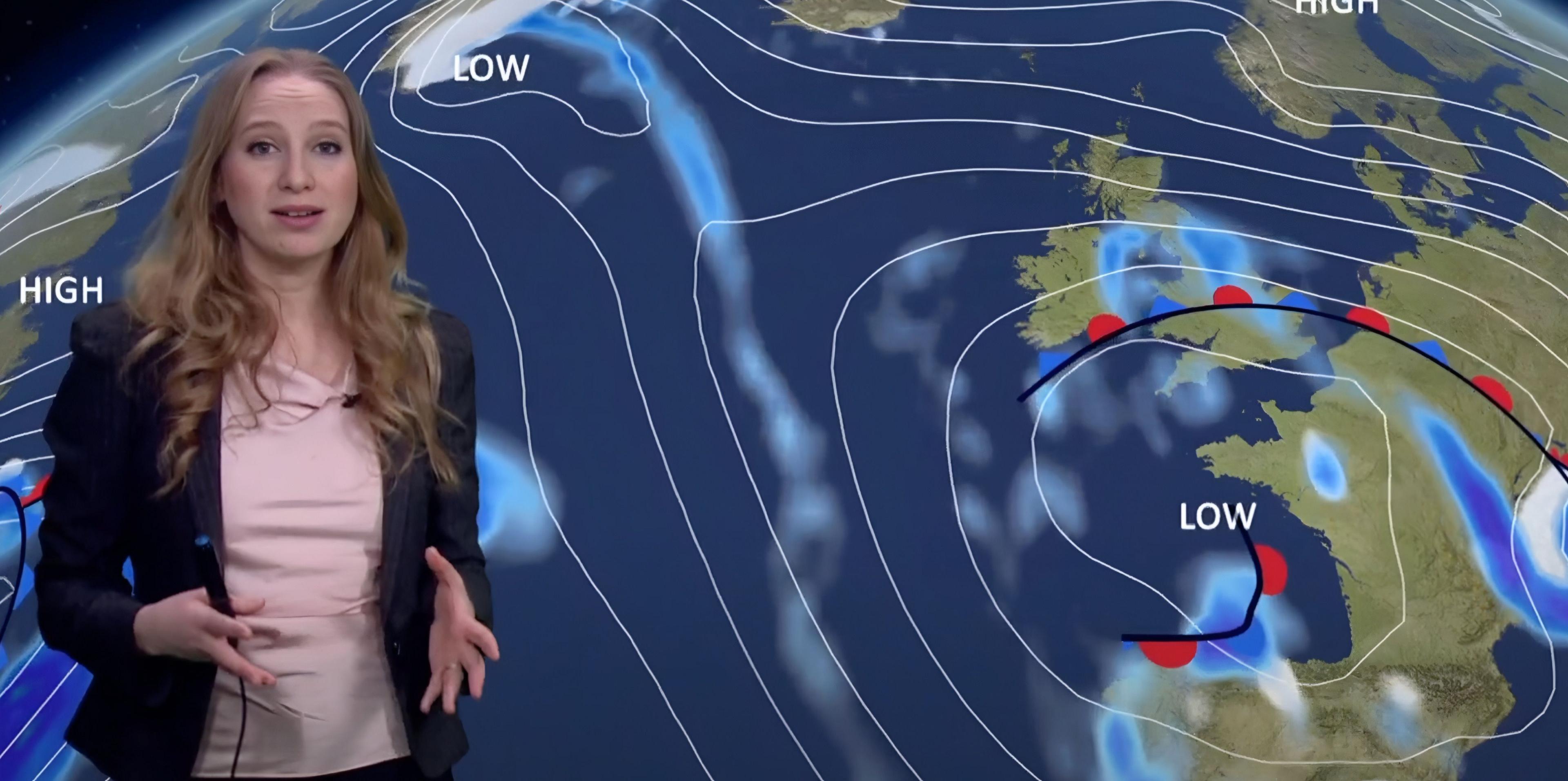The new secret supercomputer helping to predict UK weather

- Published
The UK's weather service, the Met Office, has introduced a new supercomputer that will help predict the weather more accurately.
It's hoped the supercomputer will make better predictions about the weather up to two weeks before it happens, while forecasts for rain will also be more reliable.
The Met Office is working with computer company Microsoft to run the new system called Azure, which stores information in a 'cloud' online. The cloud is a way of holding and using data over the internet.
This supercomputer is so powerful that it can do 60 quadrillion calculations every second. That's a huge number!
- Published14 December 2022
Why are more accurate weather forecast important?
The new system will help weather predictions for things like flying planes.
It can also give better information about problems like floods and wildfires.
This is important because climate change is making these things happen more often, so it's hoped it can make people, communities and emergency services more prepared.
"There's never been a more critical time for weather and climate intelligence," said Prof Simon Vosper, the Met Office's science director.
"We know the climate's changing, as we know the risks of hazardous weather."
Even though the exact location of the computer is a secret, we know it is based across two data centre sites in the south of England.
How do weather forecasters see into the future?
How have people predicted the weather over time?
Hundreds of years ago people didn't have supercomputers or technology to predict the weather. Instead, they used what they could see around them. Farmers might look at the clouds, the colour of the sky or how the wind was blowing to guess what kind of weather would come.
In the 1800s, scientists started using machines to measure things like temperature and air pressure. This helped them understand the weather a little better. Advances in chemistry and physics led to better understanding of atmospheric processes and they could make predictions about things like rain or storms based on these measurements.
By the 20th Century, weather balloons were sent up into the sky to take more measurements, and the first weather satellites were put into space. These satellites can take pictures of the clouds and help scientists see what the weather looks like from far above the Earth.
Now we have computers that can make weather predictions much faster. With supercomputers like the one the Met Office just got, forecasters will be able to predict the weather for days or weeks ahead more accurately.
How hard is it to predict the weather accurately?

BBC Weather's Sophia Herod says although 'the technology is improving all the time - uncertainty is still part of forecasting'
Sophia Herod is a BBC weather presenter she explained to Newsround that "forecasting has become much more accurate over the years, especially for the first 3 to 5 days.
"Thanks to advances in supercomputing, satellite data, and high-resolution models, we can now predict weather patterns with a good degree of confidence in the short term.
"For example, things like temperature, rainfall, and wind direction are often spot on within the first couple of days. That said, weather is still a chaotic system, especially in the UK," Sophia explained.
"This makes things trickier beyond five to seven days, particularly for predicting things like the exact timing and location of rainfall and storms, snow is particularly hard to predict.
"So, while we're much better than we used to be - and the technology is improving all the time - uncertainty is still part of forecasting, especially in a place with such changeable weather as the UK."
